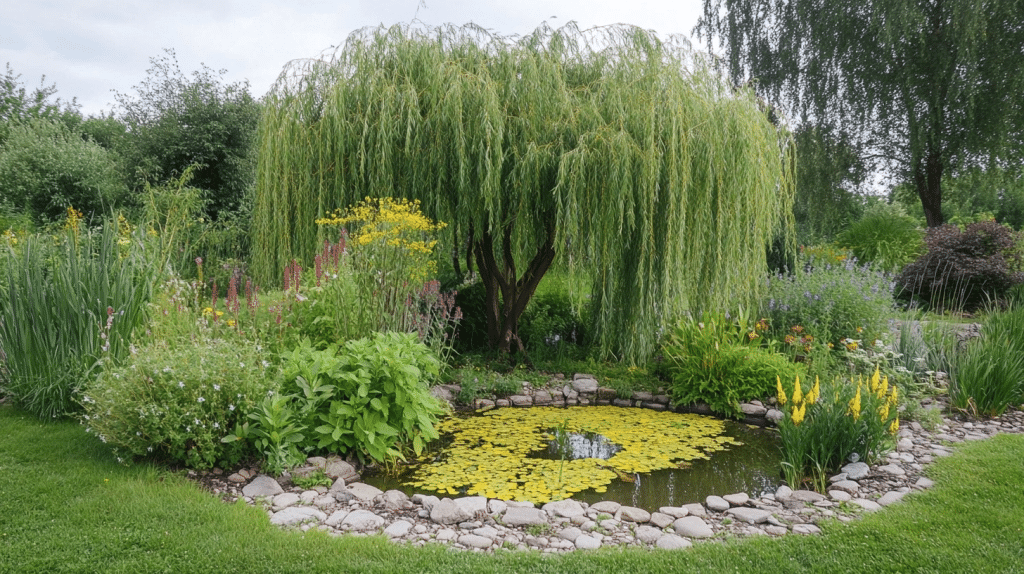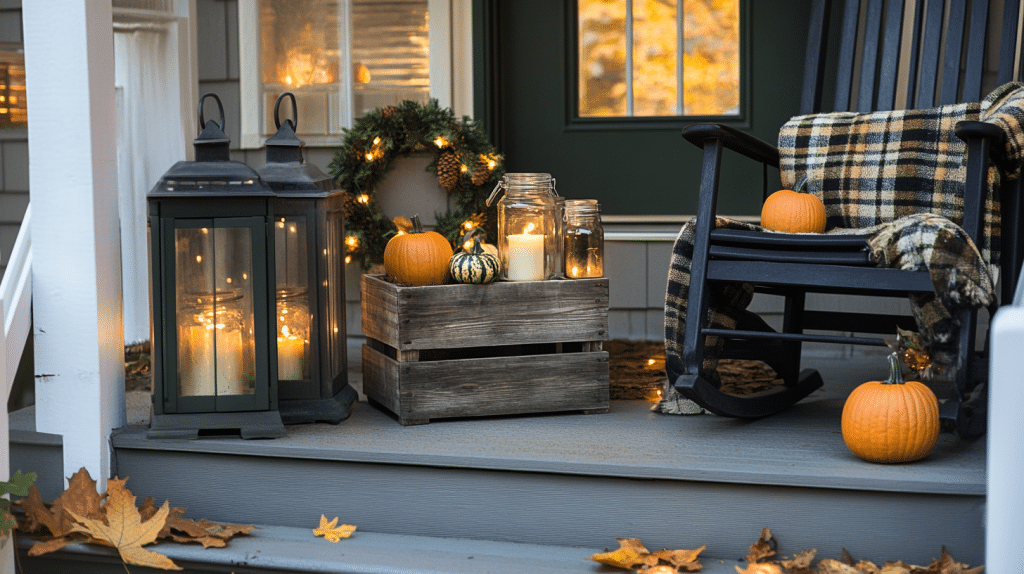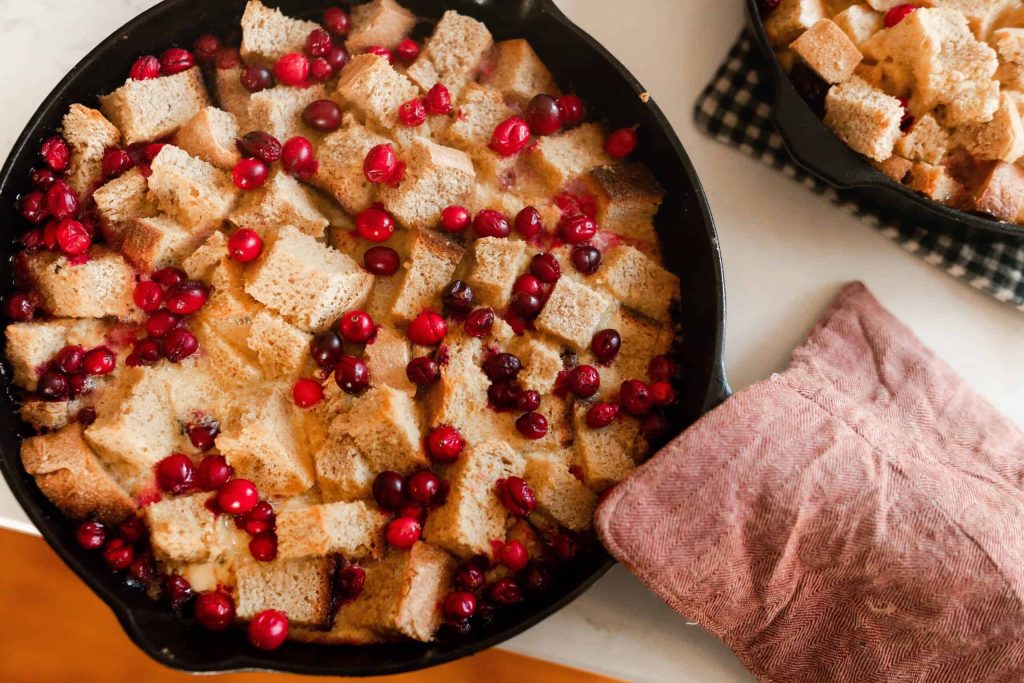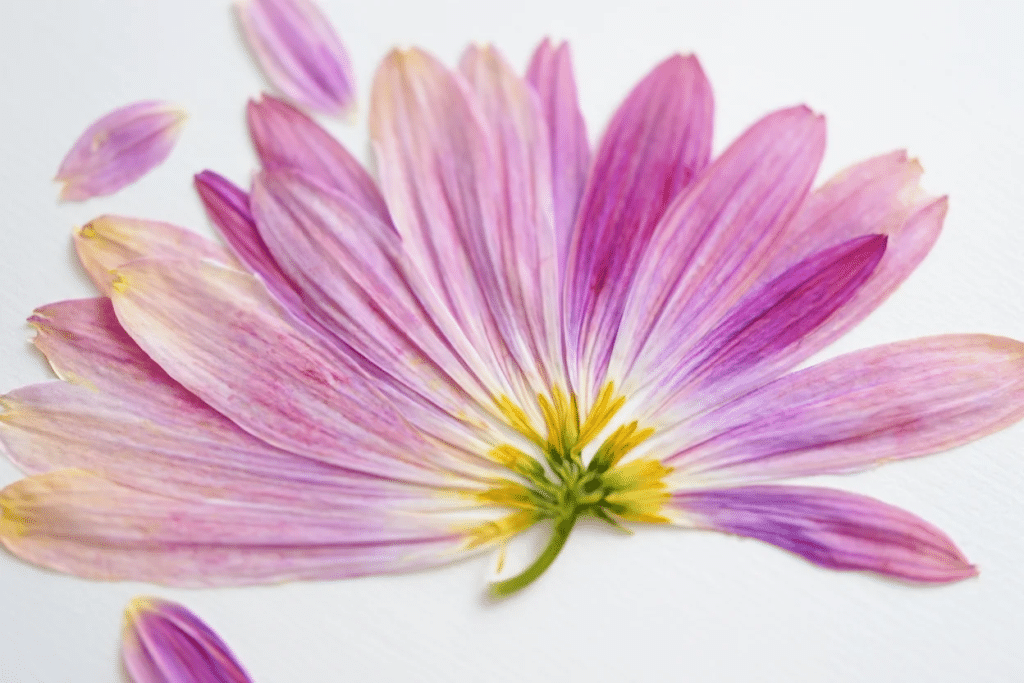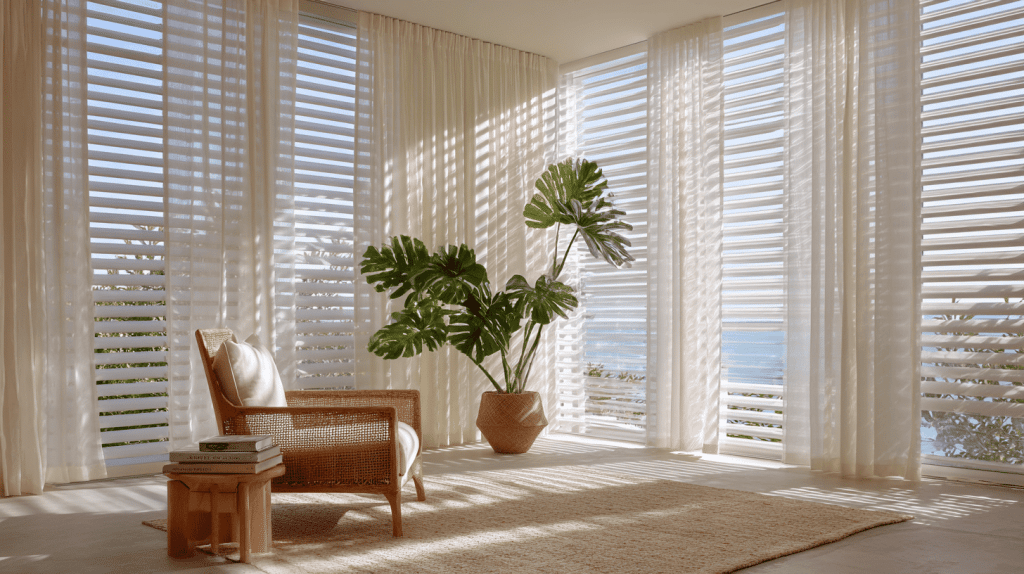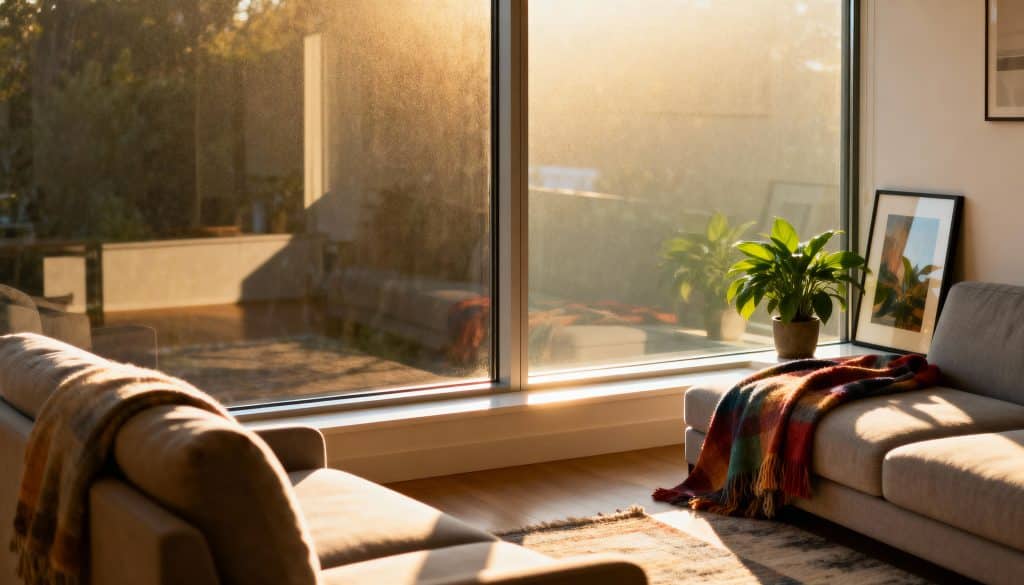Ever looked at your soggy yard and felt like giving up?
I used to think the same way. Wet soil makes most gardeners groan, but here’s a secret – it’s not the end of your green dreams.
From my swampy backyard to friends’ waterlogged plots, I’ve seen firsthand how the right trees can turn a “problem area” into the showpiece of your garden. Many trees don’t just cope with wet feet, they love it!
In this guide, I’ll show you which trees actually thrive in moist conditions. You’ll learn how to pick the perfect trees for your wet spot, plant them correctly, and help them grow strong.
Top Trees That Like Wet Soil and How to Care for Them
Not all roots fear the wet; some actually crave it. I’ve found that many trees don’t just tolerate soggy soil; they seek it out!
After years of gardening in my water-prone yard, I’ve learned which trees that like wet soil perform best. Let me share my top picks with you.
1. Bald Cypress
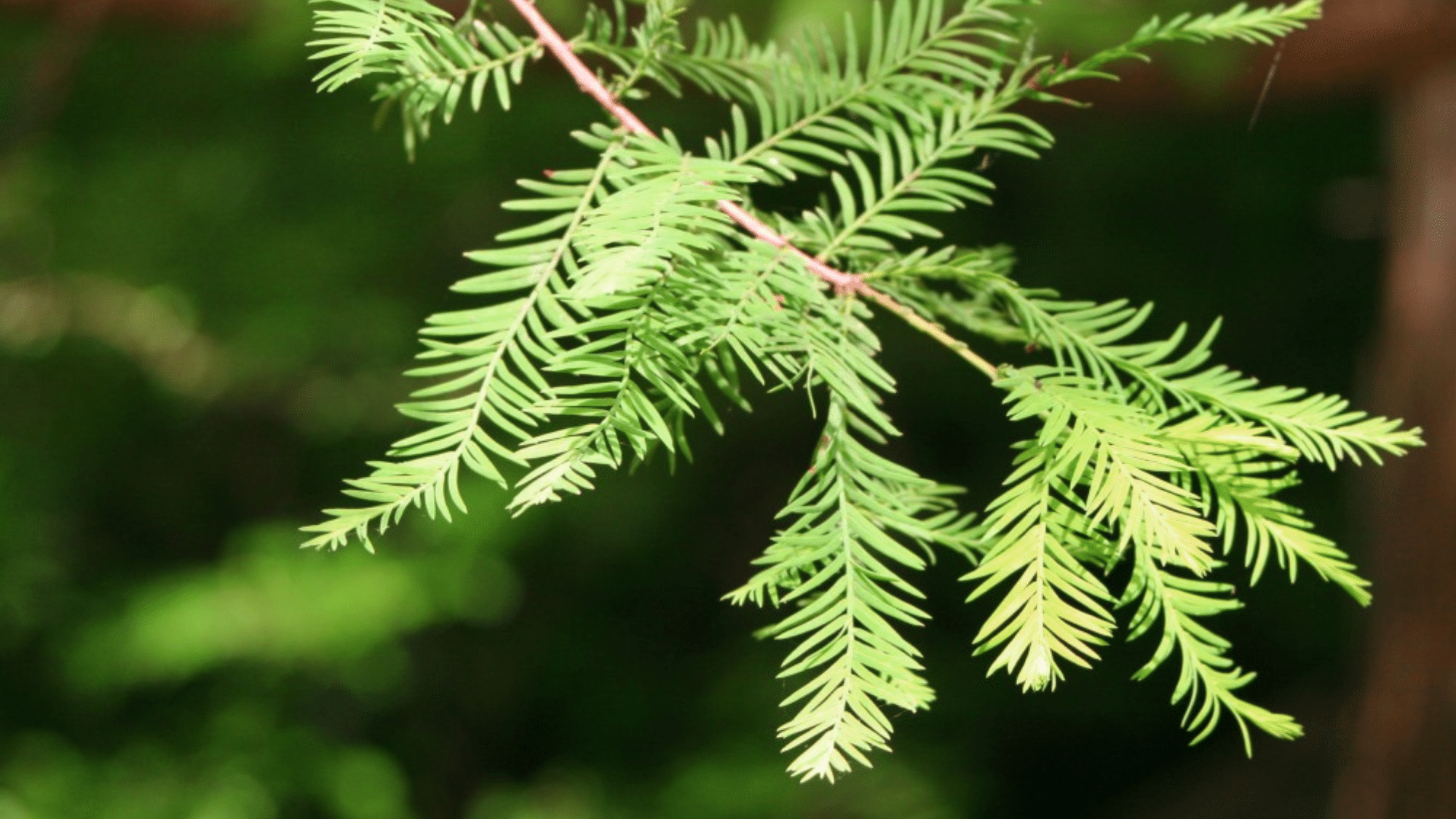
Size & Growth Habit: These giants can reach 50-70 feet tall with a spread of 20-30 feet. When young, they grow in a straight, pyramid shape, then develop a flat-topped, open crown as they age. Those famous “knees” pop up from the roots in very wet spots.
Ideal Zones: They thrive in USDA zones 4-10, making them good for most of the country. I’ve seen them happy in swamps, standing water, and along ponds.
Care Tips: Plant them 15-20 feet apart for a nice grouping. Once set up, they need almost no care—I’ve never even had to water mine after the first year! No pruning is required, and they resist most diseases and pests.
Bonus: Bald cypress provides nesting spots for birds and shelter for small mammals. I love watching their golden-orange colors turn in the fall.
2. Red Maple
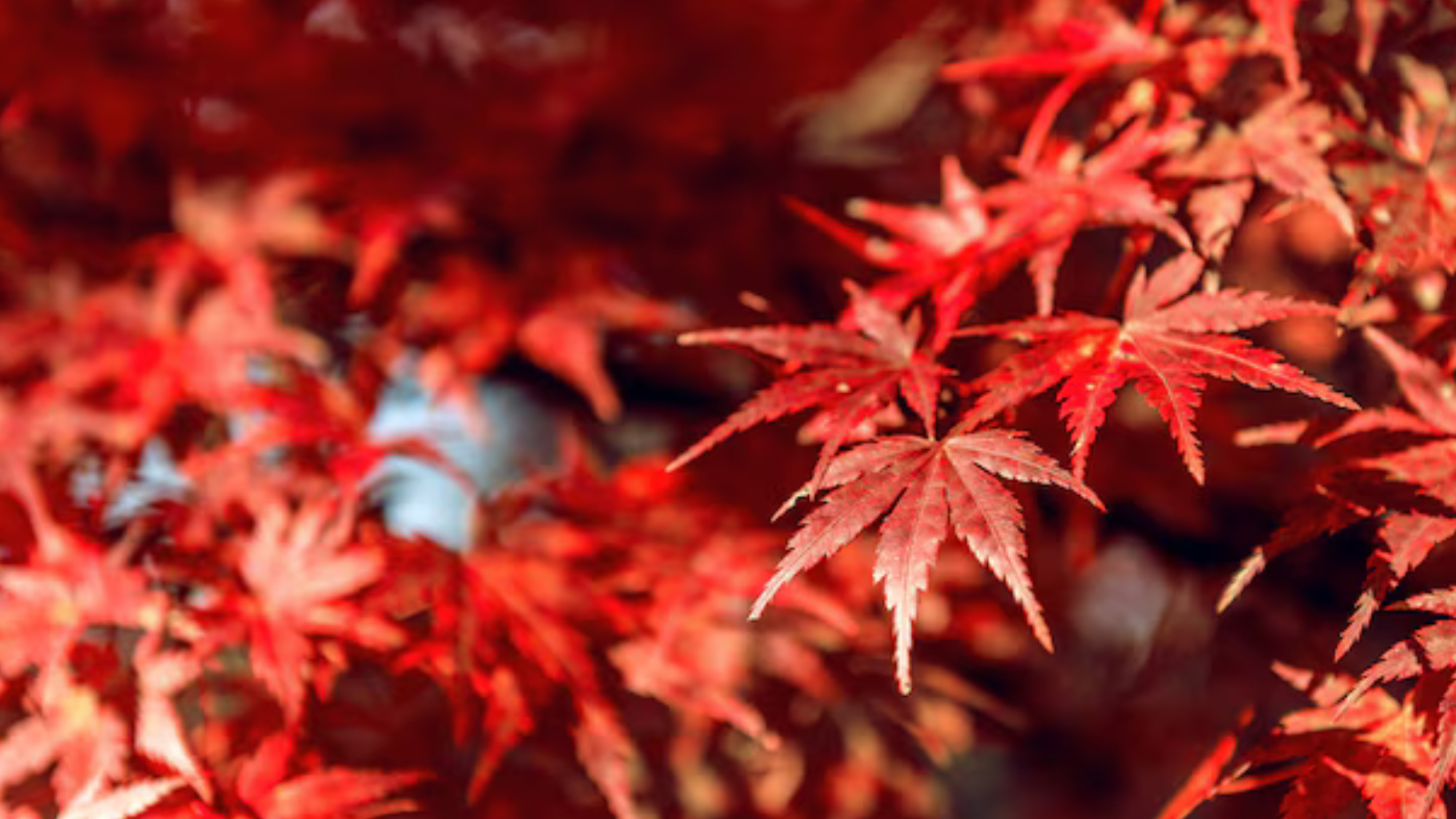
Size & Growth Habit: Medium to large tree reaching 40-60 feet tall with a rounded crown. They grow at a moderate pace—about 1-2 feet per year in my yard.
Ideal Zones: They do well in zones 3-9 and adapt to most soil types. They’re happiest in full sun to partial shade.
Care Tips: When I planted mine, I spaced them 25-30 feet apart. They need little pruning; remove dead branches in late winter. I add a layer of mulch each spring to keep the soil moist.
Bonus: The brilliant red leaves in fall are stunning—like my yard is on fire! Birds nest in the branches, and many small animals eat the seeds.
3. River Birch
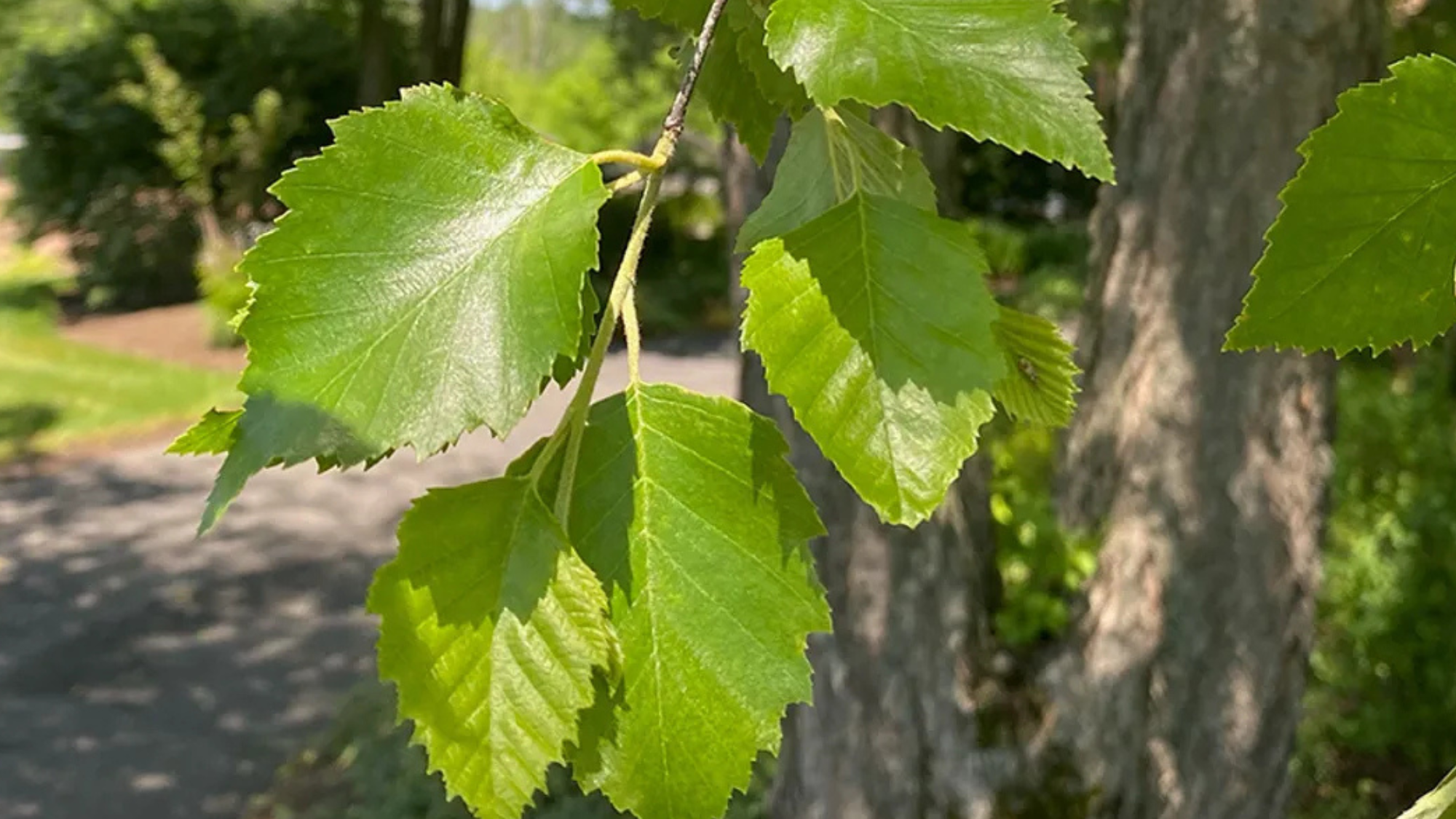
Size & Growth Habit: These reach 40-70 feet tall with a spread of 40-60 feet. I love their multi-trunked form and curling, peeling bark in shades of cream, tan, and cinnamon.
Ideal Zones: They grow well in zones 4-9 and handle floods like champs.
Care Tips: I plant these at least 30 feet from houses since their roots can be pushy. They need little care but do drop small twigs and branches. Light pruning in summer shapes them nicely.
Bonus: The peeling bark looks good all year round, even when leaves drop. Birds love to pull strips of bark for nesting material.
4. Swamp White Oak
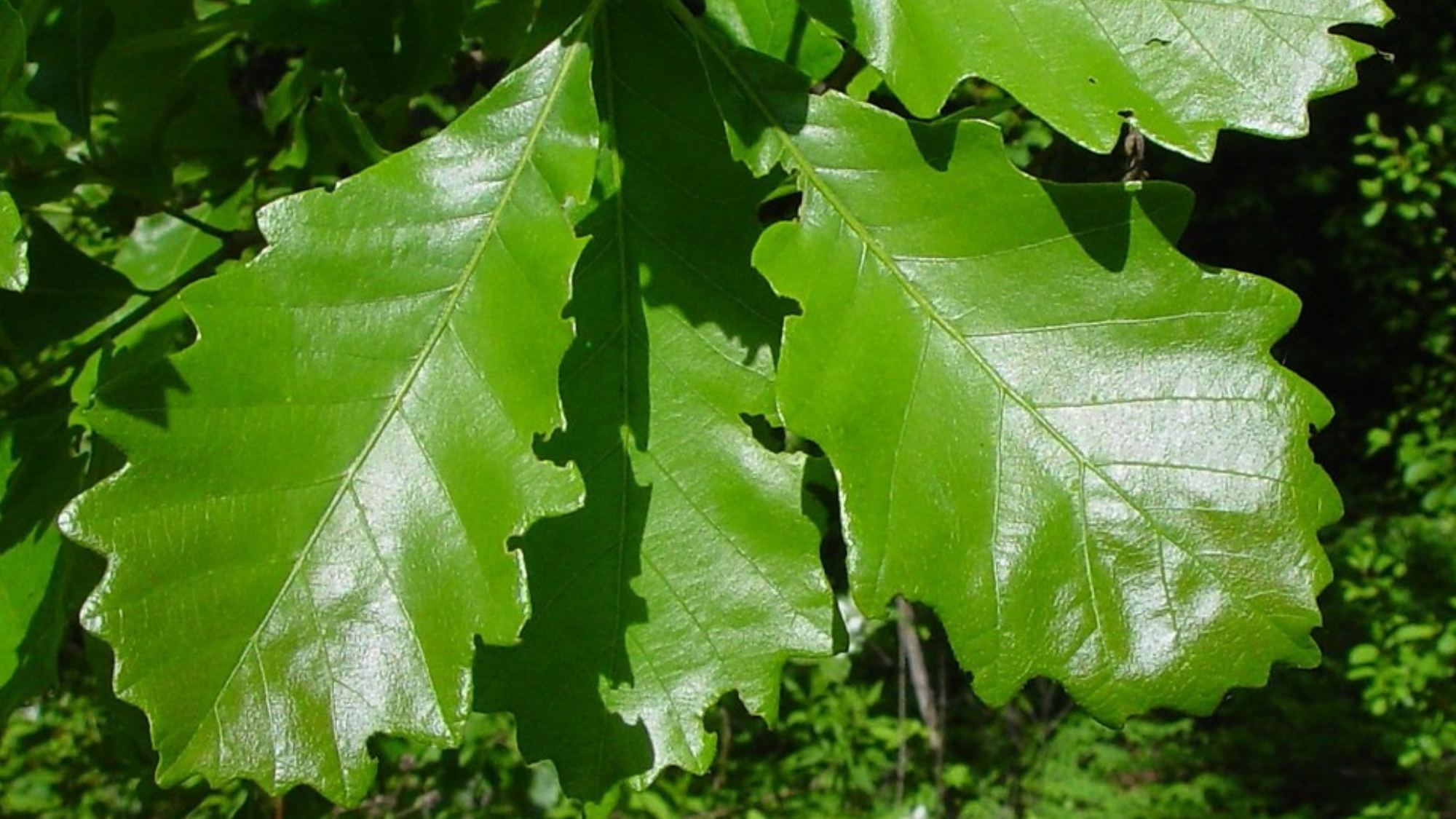
Size & Growth Habit: Slow-growing but long-lived, reaching 50-60 feet with an equal spread. They form a broad, rounded shape with strong limbs.
Ideal Zones: Hardy in zones 4-8, they can stand in water for weeks without harm.
Care Tips: Give them lots of room—at least 40 feet from buildings. Once set up, they take care of themselves. I check mine yearly for dead wood to remove.
Bonus: These trees can live for hundreds of years! Deer, turkeys, ducks, and many small animals eat the acorns. The slightly shaggy bark adds winter interest.
5. Weeping Willow
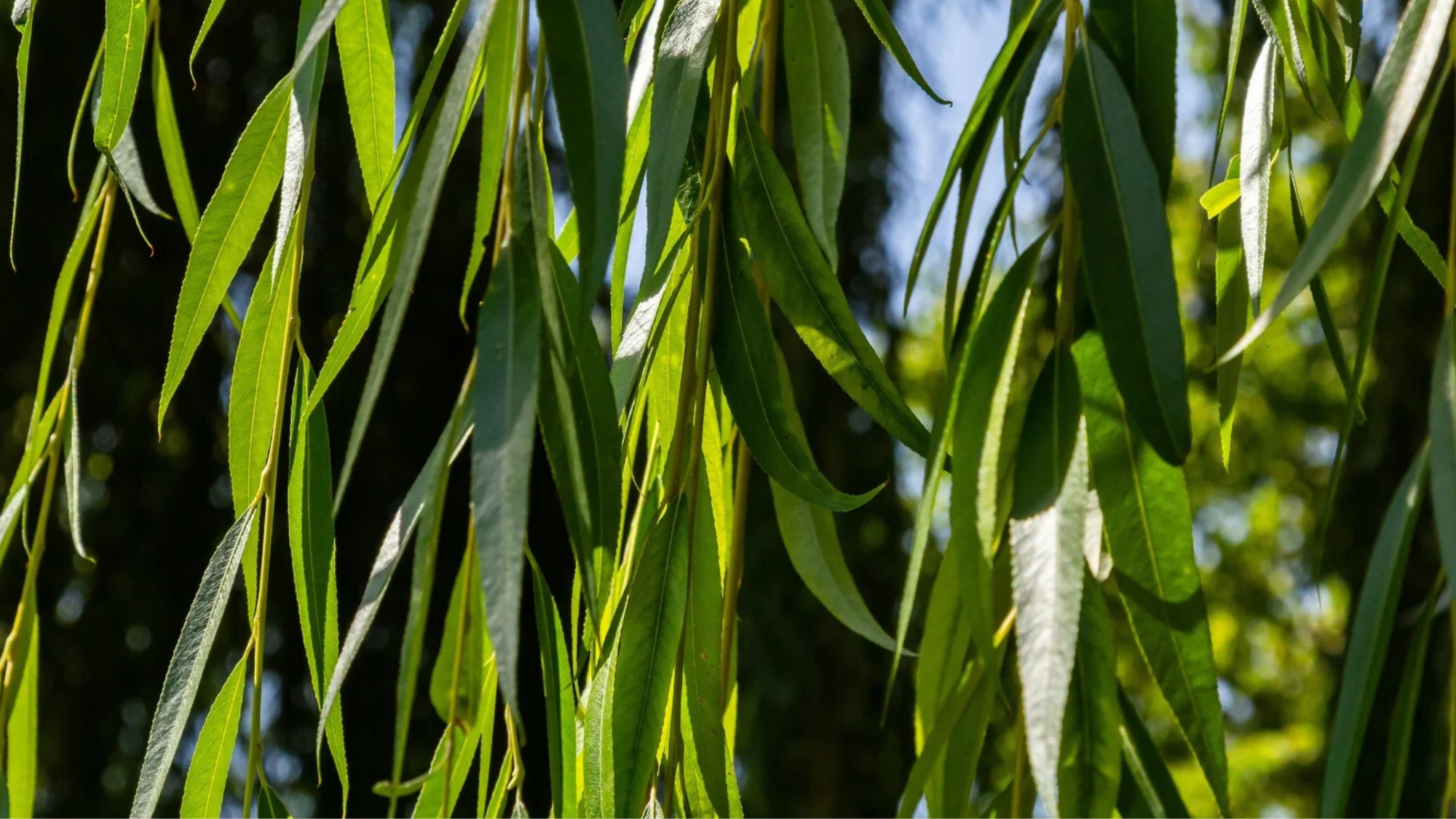
Size & Growth Habit: Fast-growing to 30-40 feet tall and wide, with those famous sweeping branches that can touch the ground.
Ideal Zones: They do well in zones 4-9 and grow fastest in wet spots.
Care Tips: Plant these at least 50 feet from pipes or sewers—the roots are very pushy! I prune mine lightly each year to keep the shape nice. They can be messy, dropping lots of twigs.
Bonus: Nothing looks as peaceful as willow branches swaying in a breeze. The early spring catkins feed bees when not much else is blooming.
6. Silver Maple
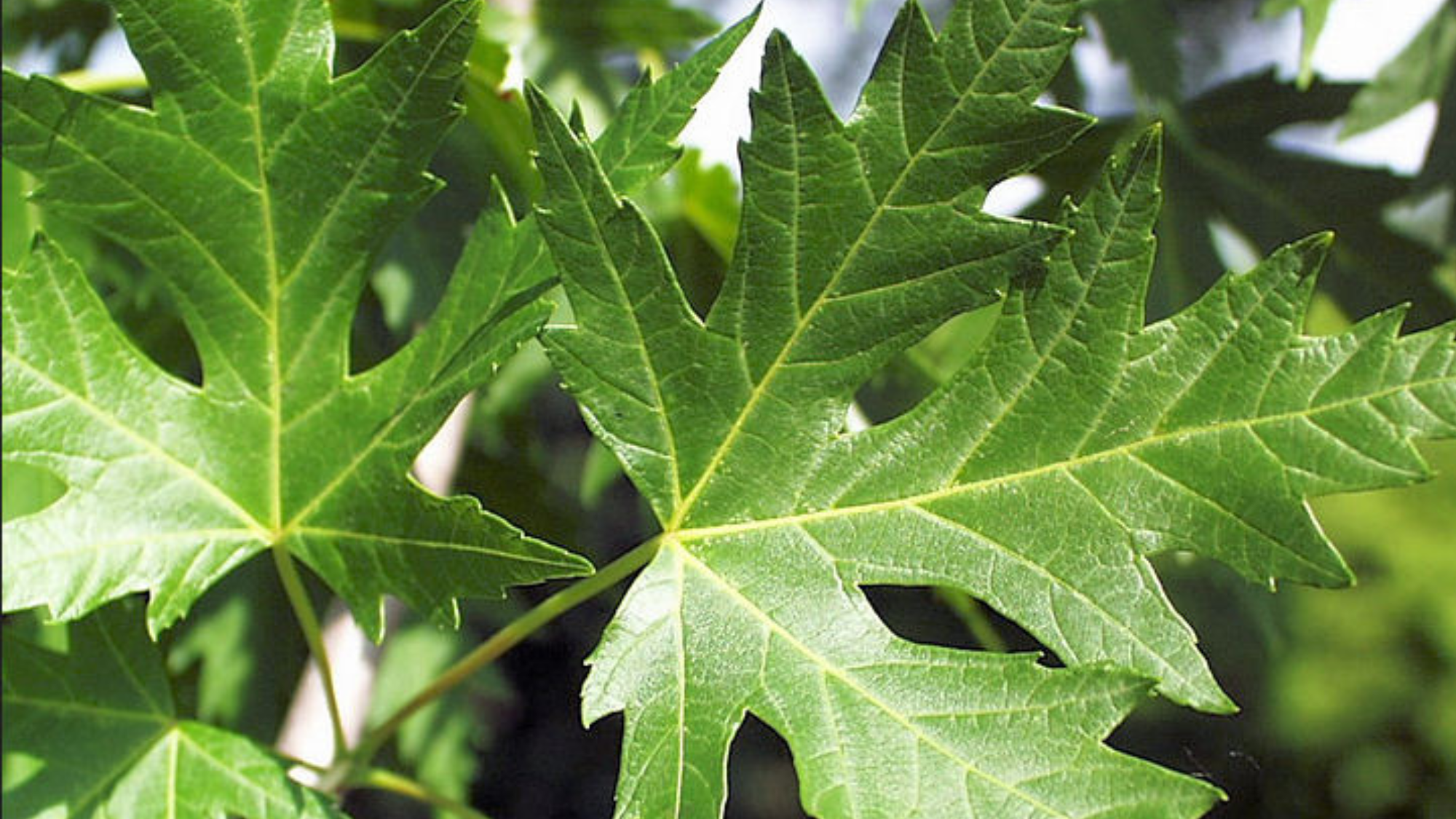
Size & Growth Habit: Among the fastest-growing trees I know, reaching 50-70 feet tall with a spread of 35-50 feet. They form a wide, rounded crown.
Ideal Zones: Hardy in zones 3-9, they grow well almost anywhere damp.
Care Tips: Keep these big trees at least 50 feet from structures. They tend to drop branches in storms, so I check mine after high winds. They need little care but can be messy.
Bonus: The leaves shimmer in the wind, showing their silvery undersides. They cast good shade in just a few years, much faster than most trees.
7. Green Ash
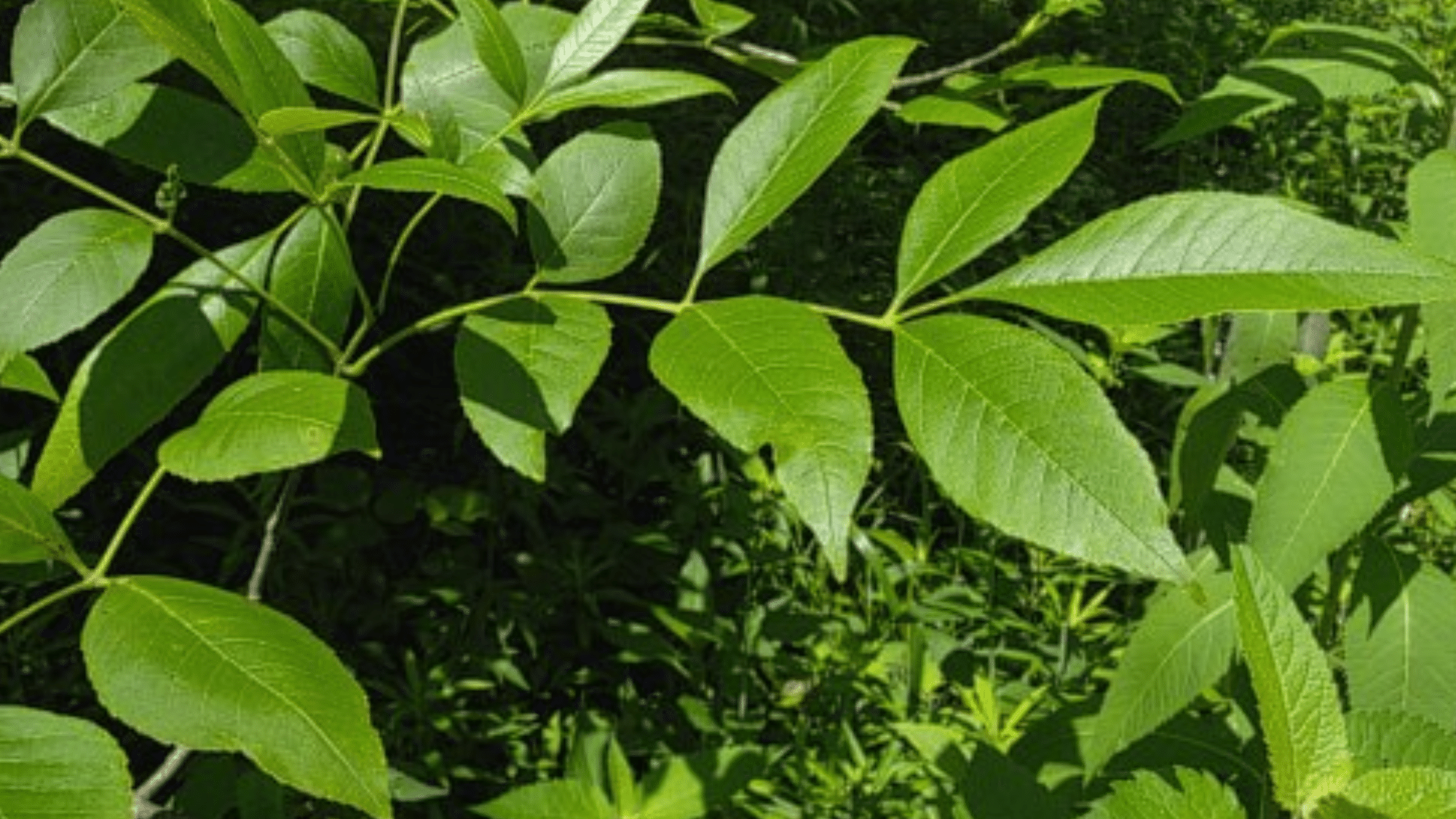
Size & Growth Habit: Medium to large trees reaching 50-60 feet tall with a spread of 25-30 feet. They grow oval with a dense crown.
Ideal Zones: They grow in zones 3-9 and handle both wet and dry spells well.
Care Tips: I space these 30-40 feet apart. Watch for signs of borers—sadly, many areas have lost ash trees to pests. Regular checks help catch issues early.
Bonus: Fall color ranges from yellow to purple. Many birds nest in green ash, and the seeds feed wildlife all winter.
Unique Trees That Thrive in Wetlands
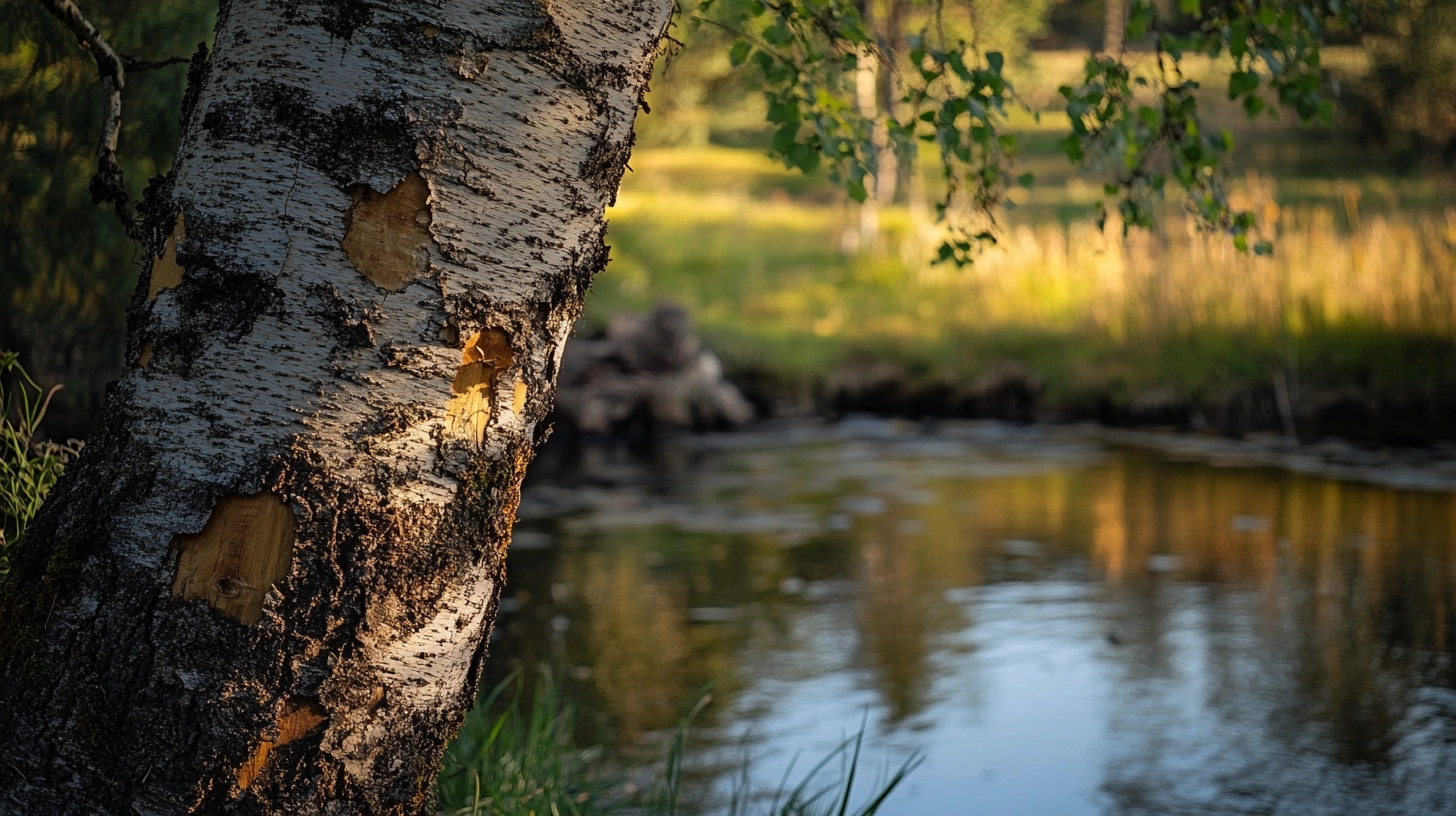
Looking beyond the common choices, I’ve found some truly special trees that love wet conditions. These gems bring something extra to soggy spots while holding their own in tough conditions.
Here’s my list of standouts:
8. Overcup Oak (Quercus lyrata)
9. Water Tupelo (Nyssa aquatic)
10. Sweetbay Magnolia (Magnolia virginiana)
11. Atlantic White Cedar (Chamaecyparis thyoides)
12. Buttonbush (Cephalanthus occidentalis – tree form)
13. Planertree (Planera aquatica)
14. Carolina Ash (Fraxinus caroliniana)
15. Dawn Redwood (Metasequoia glyptostroboides)
16. Red Bay (Persea borbonia)
17. Pumpkin Ash (Fraxinus profunda)
18. Swamp Chestnut Oak (Quercus michauxii)
19. Pop Ash (Fraxinus caroliniana var. platycarpa)
20. Pond Cypress (Taxodium ascendens)
21. Cabbage Palm (Sabal palmetto)
22. Ogeechee Lime Tree (Nyssa ogeche)
23. Water Hickory (Carya aquatica)
How Wet-Soil Trees Boost Ecosystems
My wet-soil trees do more than survive in soggy spots—they’re environmental powerhouses! They transform problem areas into thriving ecosystems.
Flood Control & Water Cleaning:
- Soak up hundreds of gallons daily
- Create soil channels for better drainage
- Filter pollutants before they reach waterways
Wildlife Support:
- Provide homes for birds and amphibians
- Supply food through seeds, nuts, and berries
These trees also hold soil in place during storms and cool the air around my home. By planting them, I’m building a healthier world one wet spot at a time.
When is the Best Time to Plant Trees in Wet Soil?
Picking the right time to plant can make a huge difference when working with wet soil. Over my years of gardening, I’ve learned that timing matters as much as choosing the right trees.
| Season | Planting Suitability | Activities | Special Considerations |
|---|---|---|---|
| Early Fall | ★★★★★ (Best) | Plant new trees. Add 2 to 3 mulch rings. Water until dormant | 4 to 6 weeks before the first frost. Soil is warm for root growth, and has Lower flood risk |
| Early Spring | ★★★★☆ (Good) | Plant after the ground thaws. Apply fresh mulch. Check for drainage issues | Watch for spring floods. Create temporary mounds if needed. Stake young trees in flood zones |
| Late Spring | ★★★☆☆ (Fair) | Last chance before summer. Water deeply after planting. Monitor frequently | Wait for the soggy soil to dry slightly. Avoid during heavy rain periods. Add extra mulch for summer heat |
| Summer | ★☆☆☆☆ (Avoid) | Water existing trees. Renew mulch. Check for pest issues | Heat + standing water = stress. Requires excessive maintenance. Higher failure rate |
| Winter | ★☆☆☆☆ (Avoid) | Plan for spring planting. Protect existing trees. Research tree varieties | Frozen wet soil is difficult to work with. Roots can’t establish. Wait for better conditions |
For clay-heavy or extremely wet sites, I always take these extra steps:
- Dig wider holes (3× root ball width), but maintain depth
- Add compost to improve drainage (never sand)
- Create 6-8″ mounds for better root development
- Stake trees securely until well-established
I’ve found that wet-soil trees planted at the ideal time have grown twice as fast as those I rushed to plant during poor conditions. A little planning goes a long way!
Who Should Be Planting These Trees? Not Just Gardeners
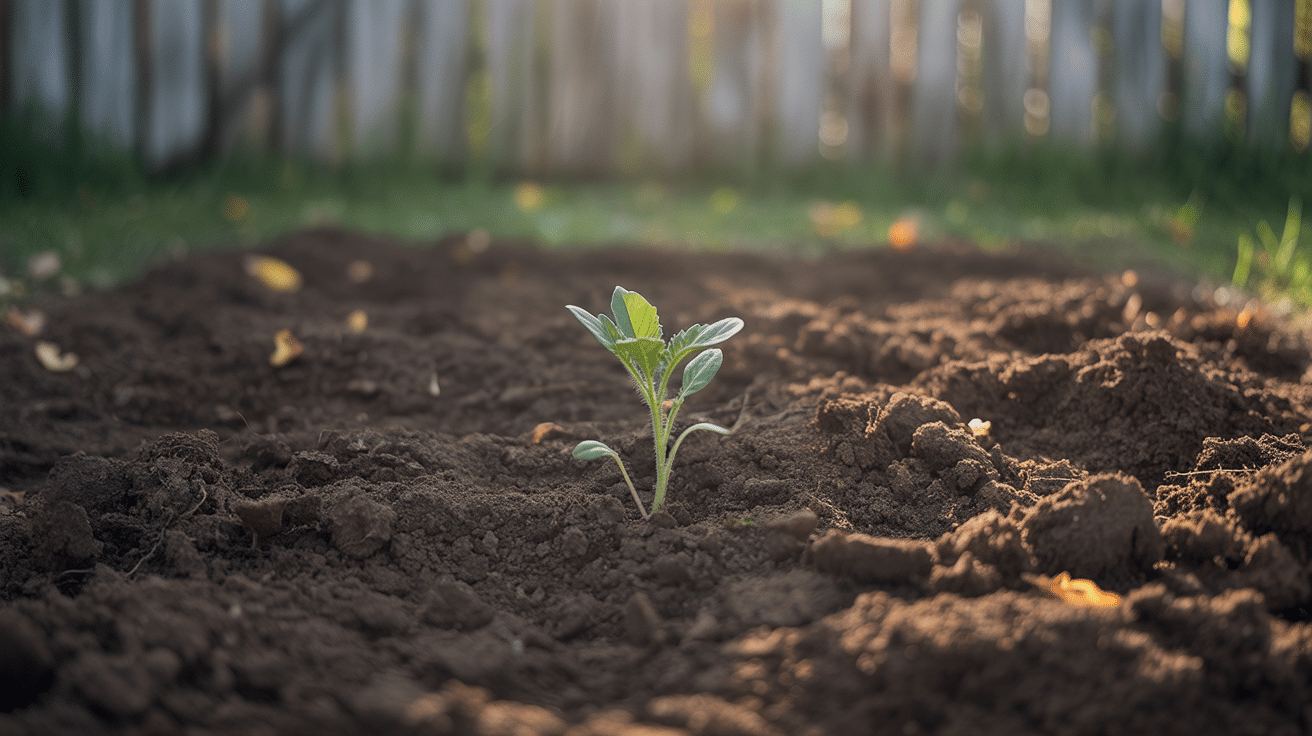
I’ve seen wet-soil trees work wonders for many people beyond typical gardeners:
Homeowners: My neighbors transformed their soggy yards into beautiful, functional spaces.
Landscape Designers: My friend who designs waterfront properties relies on these trees for both beauty and stability.
City Planners: Our town used these trees to restore stream banks and filter runoff.
Farmers: Local farms plant them in flood-prone fields to reduce crop losses.
Community Spaces: I’ve helped our school plant wet-soil trees to create outdoor classrooms in previously unused marshy areas. They work equally well in parks and community gardens!
Conclusion
My journey with wet soil taught me it’s not a curse—it’s a chance to grow something special.
Those soggy spots that once gave me headaches now host my favorite trees.
When I started planting trees that like wet soil, I stopped fighting nature and began working with it. What a difference that made! The right tree in the right place needs less care and gives more joy.
Remember, don’t drain, regrade, or fight the water—plant with it instead. Your soggy yard is waiting to become your garden’s star feature.


